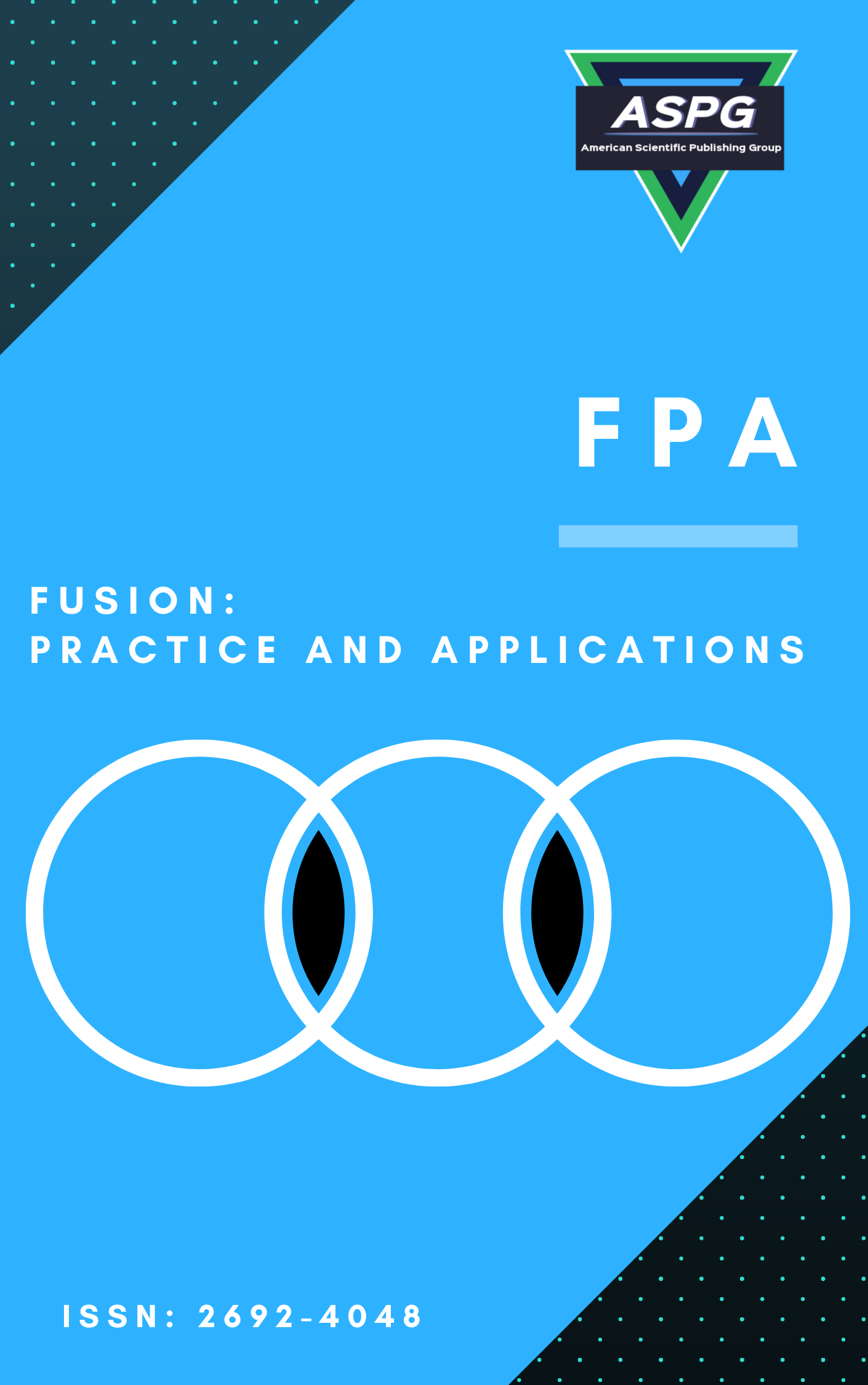

Volume 21 , Issue 1 , PP: 307-335, 2026 | Cite this article as | XML | Html | PDF | Full Length Article
Ahmed Bakheet 1 * , Ali Abdulhussein 2 , Laheeb Muhsen Noman 3
Doi: https://doi.org/10.54216/FPA.210122
The main goal of this paper is to obtain a special form of asymptotic solutions to the scalar version of the two body problem whenever the two bodies collide on the real line at the collision time. It has been shown that the desired asymptotic solution maintains certain properties when t approaches the collision time. However, it is not easy to Handel such a mission without the employment of successive approximations technique. The successive approximations technique has been modified and adjusted to serve as the main tool in the process of obtaining such solution. Moreover, it has been shown that the series of successive approximations converges absolutely and uniformly to a continuous function that approaches to 0 when t attains the collision time in a certain interval. The problem of one dimensional collision between the two bodies has been solved asymptotically at the collision time.
Two Body Problem , Collision , Asymptotic , Successive Approximation
[1] Bakheet, A. Alnussairy, E. A. (2021,March). Numerical Simulation of Magnetohydrodynamic Influences on Casson Model for Blood Flow through an Overlapping Stenosed Artery. Iraqi Journal of Science 62.3 (pp.1016-1024).
[2] Pollard, H. (1976). Celestial mechanics (Vol. 18). American Mathematical Soc.
[3] Gonzalo J. L., Bombardelli C. (2014,Jan). Asymptotic solution for the two body problem with radial perturbing acceleration. Advances in the Astronautical Sciences 152 (pp.359-377).
[4] Bombardelli, C., Ba`u, G., Pel´aez, J. (2011,July). Asymptotic solution for the two-body problem with constant tangential thrust acceleration. Celestial Mechanics and Dynamical Astronomy 110.3 (pp. 239-256).
[5] Pollard, H., Saari, D. G. (1968,Jan). Singularities of the n-body problem. I. Arch. Rational Mech. Anal. 30 (pp.263-269).